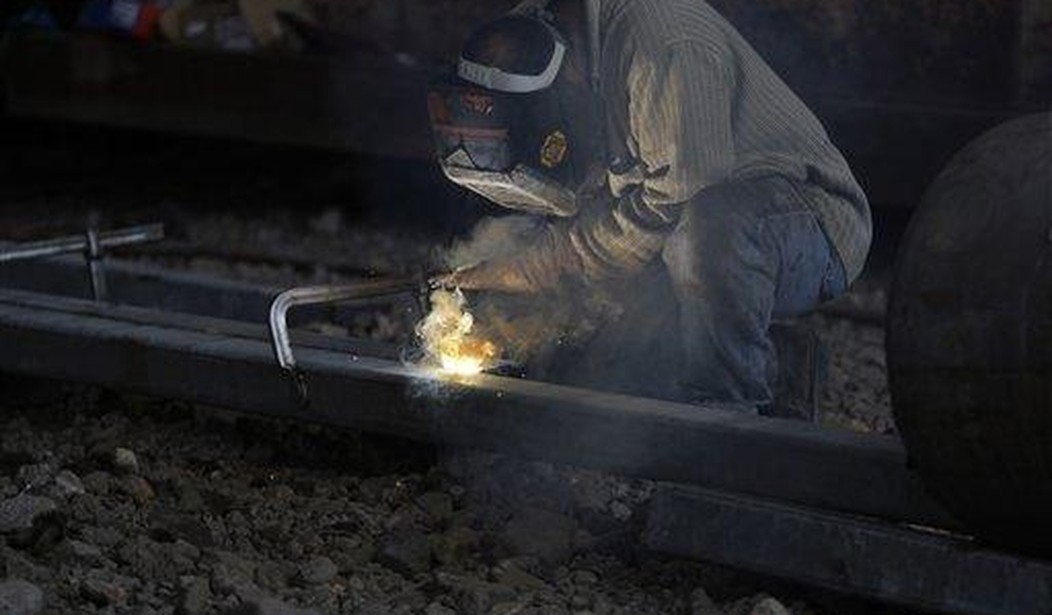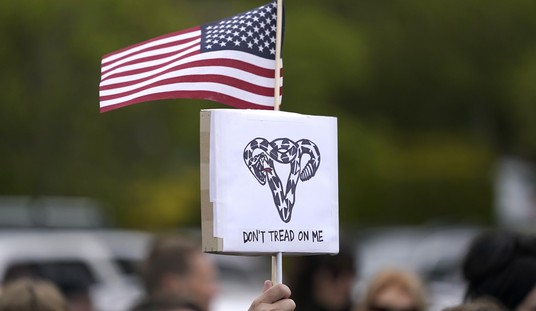CLAIRTON, Pennsylvania -- The first steel plant located here along the Monongahela River just over 20 miles south of Pittsburgh was built in 1901. By 1903, the borough of Clairton formed around the industry, and by 1904, U.S. Steel acquired the plant from St. Clair Steel, and the industrial base of America began its reign here in Western Pennsylvania.
U.S. Steel had been founded in 1901 by Andrew Carnegie, Charles Schwab, Elbert Gary and J.P. Morgan, and when it launched that year, it was the largest business enterprise of its time, and by the end of its first year, the company supplied nearly 70% of all of the steel produced in the country.
Headquartered in Pittsburgh, where Carnegie made his mark in the industry after the Civil War, Clairton and dozens of other small river towns, such as Braddock, Pennsylvania, grew and expanded and became thriving cities thanks to U.S. Steel, with dozens of churches, business districts, schools and fraternal clubs all popping up to serve the workers who settled around the plants.
The industry boomed for the next 40 years, throughout World War II, and in the growth years after the war, when the GIs came home and moved out of the cities and into the cutest little bedroom communities in the suburbs. Those communities' roads and bridges were built by the men and women in the steel industry they often worked in.
Despite the slow decline steel was experiencing in the early 1960s, U.S. Steel broke ground for its own building in the city of Pittsburgh -- originally designed to be the tallest building in the country, eclipsing both the Sears Tower in Chicago and the Empire State Building. Its outer structure, which looks like a rusty nail, was immediately iconic, and the "US STEEL" moniker on the top floor served as a proud advertisement for the steel industry, which had its center in Pittsburgh.
Recommended
It continues to be the tallest building in Appalachia -- except that the name on the top now reads UPMC, which earned its name at the top of the building in March 2008 when it made the U.S. Steel Tower its corporate headquarters. The name change exemplified the decline of the industry that began on Black Monday in 1977, when the Campbell Works in Youngstown, Ohio, suddenly shut its doors.
By 1983, Pittsburgh's unemployment rate hit a whopping 18.2% as rounds of layoffs among thousands of steelworkers became a reality and as domestic steel production (crippled by automation, trade, union strife, inattention to emerging technology and poor corporate leadership) collapsed, along with all of the industries that supported it.
Those combined circumstances created a deadly domino effect that intensified as U.S. Steel entered joint ventures with foreign partners and non-steel corporations in order to continue a profitable bottom line.
Sixty years ago, U.S. Steel peaked in employment (340,000) and output (35.8 million tons of steel). In 2022, it employed 15,000 (3,000 in the Pittsburgh area) and shipped 11 million tons of steel.
Yet despite all of the job losses, along with the closed barber shops, machine shops, churches and schools causing the death of boroughs such as Clairton and Braddock, if you think U.S. Steel, you think Pittsburgh. Our football team was (and still is) called the Steelers, and we are known as the Steel City.
That imagery may once again be about to change as U.S. Steel contemplates a sale, which would be a jolt to this region. The company is taking proposals from multiple bidders, including Ohio steelmaker Cleveland-Cliffs as well as a rumored bid from a steelmaker based in Europe.
The United Steelworkers Union supports a deal with Cleveland-Cliffs, which extended an offer of shares and cash worth $7.3 billion to buy U.S. Steel Corp. in July and promised to honor the steelworkers union contract, which expires in 2026.
The Cleveland-Cliffs CEO told the steelworkers last month in a letter to them, "I have your backs."
The inevitability of the end of U.S. Steel in Pittsburgh has always been a rumor, but workers here two years ago knew the reality was near when a planned $1.5 billion renovation of the region's blast furnaces evaporated under political pressure related to climate change.
So where did that 1.5 billion investment money and jobs go? In modern mini steel mills in Arkansas.
Everything has an expiration date. U.S. Steel has had a good, albeit bumpy, 122-year run here in this region. It lifted up the working class so much that their children went to college on their wages; humble hunting camps were built, and so were new schools and churches. Machine shops, beauty salons, diners, hotels, hardware stores, dress shops and communities thrived, all thanks to the hard work and innovation that came from the men and women who worked in the mills here.
The mills may go on, but it is likely they won't be under the U.S. Steel banner -- and while they haven't been locally owned for over 100 years, U.S. Steel was Pittsburgh and Pittsburgh was U.S. Steel long after the glory days had passed. So much so, indeed, that generations of young people who have never walked into a mill continue to identify with the idea that when you did walk into that mill, you were part of something that was bigger than yourself: You were part of the building of America.

























Join the conversation as a VIP Member